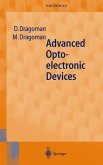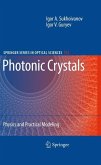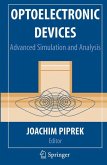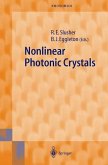Nonlinear-optical (NLO) effects make possible devices that perform many functions, such as wavelength conversion and signal processing, while waveguides enable the devices to be both efficient and compact. This book presents a systematic description of the NLO field, with an emphasis on devices that use ferroelectric waveguides. The earlier chapters provide an introduction to the concepts of waveguides, NLO devices, coupled-mode formalism and phase matching. Then, various NLO interactions and the related characteristics are elucidated and the fabrication of waveguides and structures for quasi-phase matching are discussed. The volume culminates in a survey of device implementations and applications. In this respect, short-wavelength-generation devices, wavelength converters for WDM photonic networks, optical parametric amplifiers, and ultrafast signal processing devices are examined, including the most recent experimental results.
From the reviews: "This book offers a comprehensive and systematic description of waveguide nonlinear-optic devices, encompassing basic concepts, theoretical analysis ... and their applications, including the most recent results. ... a useful reference for professionals in their review of the subarea. ... This book is really a very good and very useful one. It will provide a lot of information to many different users. It is very well documented specially about applications." (Yvon Renotte, Physicalia, Vol. 57 (3), 2005)








